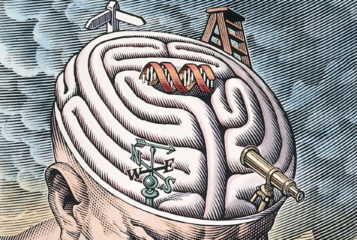The Australian federal five-year moratorium on the use of gender selection technology in IVF treatment for so-called 'social' reasons ends this year, reopening this controversial debate. The Australian health watchdog, the National Health and Medical Research Council (NHMRC), confirmed that that it will be conducting a review of this issue, beginning within the next few months, after the completion of its ongoing review of the Research Involving Human Embryos Act and the Prohibition of Human Cloning for Reproduction Act.
At present the use of gender selection technology - specifically, selection by using PGD (preimplantation genetic diagnosis) - is only allowed where parents carry a serious genetic disorder that can be passed on and detected through gender. The social use of gender selection was banned in 2004 by federal legislation, and earlier in 1998 by state legislation in Victoria.
How the NHMRC will choose to act post-review is the subject of much speculation. It is important to note that any legislation introduced by this body is federally binding and would override state legislation. An alternative route would be for the NHMRC to introduce guidelines allowing gender selection on non-medical grounds, therefore leaving the legislative decisions about what specific grounds might be included within this - or not - to individual state and territorial governments.
Such course of action would create a situation where the choice of gender selection is legally available in some Australian states, but not in others, and might lead to 'inter-state fertility tourism'. Fertility tourism for gender selection purposes is by no means a new phenomenon. The Australian newspaper, the Herald Sun, revealed in December 2008 that many Australian couples were travelling to the US or Thailand for fertility treatment where they are free to choose the gender of their baby.
The use of gender selection technology for non-medical purposes such as 'family balancing' or because of cultural influences is controversial on ethical and religious grounds. However, there has been a strong lobby from within the medical profession in favour of allowing this technology for social reasons.
Professor Gab Kovacs, an IVF pioneer, is leading the lobby: 'If I am prepared to pay for it out of my own pocket so it is not the community paying, I can't understand why that should be forbidden,' he said, adding: 'It might even be in the interests of the child. If a couple so badly want a boy or a girl that they are prepared to go through IVF and gender selection then maybe, if they had the child naturally and it was the wrong gender it may not be looked after as well'.
Professor Kovacs further points out that at $10,000 - $15,000 only extremely determined couples will actually use gender selection technology. Dr Michael Chapman, a senior infertility specialist at IVF Australia, echoed this sentiment: 'Very few patients I see ask to choose the sex of their child - less than five per cent'.
Across Australia many doctors are voicing their support for freedom of choice when it comes to gender selection. Some however, such as Dr Lyndon Hale, chairman of Melbourne IVF, are tempering their support. Although Dr Hale is in favour of giving parents the choice to use gender selection technology, he believes that this should only be allowed where there is a significant benefit for both the parents and the child in doing so.







Leave a Reply
You must be logged in to post a comment.